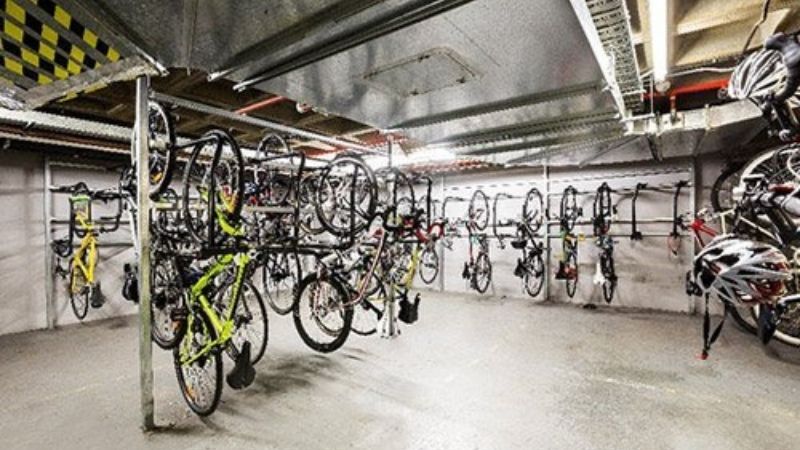Resources
Newsletter
Stay up to date and with the latest news, projects, deals and features.
SubscribeWe have seen it before, and we’ll see it again: a new building that looks incredible, designed and constructed to the highest standards available at the time, well-equipped with the latest technology.
It pops right off the skyline, which the owners and architects intended when they paid for the land and received planning approvals.
The better kind of case studies on these buildings aren’t just focused on the positives. We can learn a lot from what happens when the design intent is not met.
There are familiar examples of buildings across Australia where, despite the lofty goals and design, the performance of the buildings was not as expected. The energy use was far higher, the energy scores far lower. Compared to peers, including much older buildings, many of these buildings are poor performers.
This might have been seen a failure, but identifying the problem was a success and an important learning. The fact is that you can’t manage what you don’t measure, and we need to measure the performance of our buildings to understand them and improve them, Jack Noonan, vice president, Commercial, APAC Region, International WELL Building Institute, said
“As an industry, we have seen more and more examples of poor performing new buildings, and our competitive and solutions-focused community sought to fix the problem,” he said.
“Design and construction is important but performance needs to match the intent. Most new buildings in Australia know how, where, when, and why energy or water is being used across their buildings.”
This has been aided by policy interventions such as Commercial Building Disclosure and minimum requirements for government tenancies. These interventions have been focused on energy which, while important, represents less than 1 per cent of a building’s costs. Over 90 per centrelate to the salaries and performance of the people within our spaces.
“When it comes to understanding and measuring the human experience, we have further to go,” Noonan said.
“We need to realise a future where understanding the performance of air, light, acoustics, thermal comfort, water quality and occupant satisfaction is not seen as best practice.
“It±like energy use or water us—needs to become standard practice. And this should not just be for the best or the newest buildings across our industry. It should become business as usual for all buildings.”

An example, Noonan wrote, is 500 Collins Street in Melbourne which a building that has focused on and embedded a culture of high performance.
This building is not new; it is almost 50 years old. Yet, the Kamirice-owned building was recently awarded WELL Certification at the Platinum level, the highest award from the International WELL Building Institute.
In addition to measuring air, water, lighting, acoustics and thermal comfort to achieve WELL Certification, the team also committed to ongoing monitoring of air quality through sensors installed across the building.
“Our hope is that in addition to the same of type of policy-based interventions that we saw for energy, the newly announced WELL Performance Rating might help realise this future,” Noonan said.
“Our IWBI Performance Advisory (featuring a number of leaders across Asia Pacific), our Performance Testing Organisation network, and leaders from partners like Carrier, Honeywell, Johnson Controls, Schneider Electric, SGS, Trane Technologies, CETEC, Cognian and others will be working over the next few months with the institute to inform a new institute rating based upon the WELL Building Standard that will focus on dynamic human and building performance metrics to enhance the experience of the people inside.
“The WELL Performance Rating will call for specific leadership thresholds relating to air and water quality, thermal comfort, acoustics, lighting and occupant experience, helping projects apply both quantitative and qualitative data to track, monitor and improve the performance of both the buildings and the people inside.”
“We don’t test the quality of the air, because we’re worried about what we might find” is an anecdotal sentiment that many industry professionals might have heard in years past.
This perspective, in an age of increased transparency and building health, is no longer tenable—especially given the state of our world,” Noonan said.
“Performance matters. Fundamentally, you cannot demonstrate you have a high performing building or workplace that does not measure the basic conditions for the people within them.
“We build and operate our buildings for people.”
The Urban Developer is proud to partner with IWBI to deliver this article to you. In doing so, we can continue to publish our daily news, information, insights and opinion to you, our valued readers.